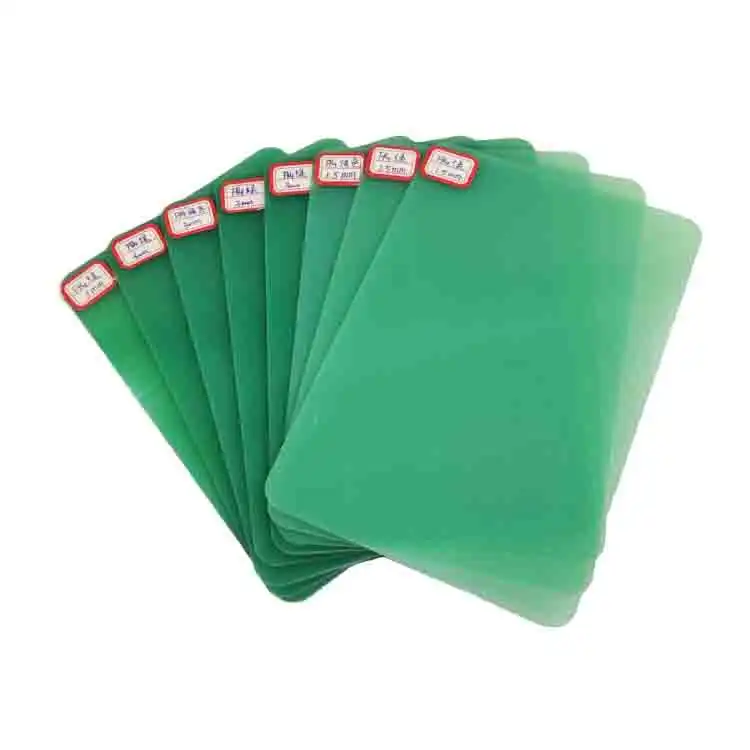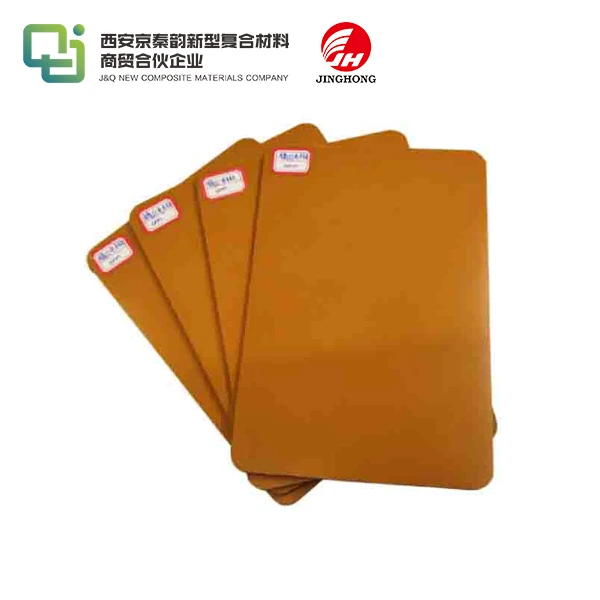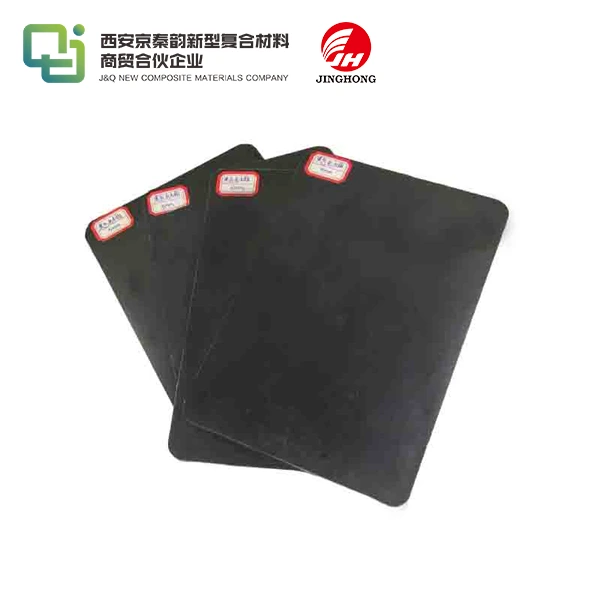Insulation material properties and numbering rules
2025-02-12 17:10:18
Insulation materials play a crucial role in various industries, from construction to electronics. Understanding their properties and the numbering systems used to classify them is essential for selecting the right material for specific applications. Insulation materials are characterized by their thermal conductivity, density, and moisture resistance. The numbering rules for these materials often follow industry standards, such as ASTM or ISO, which categorize them based on their composition, performance, and intended use. These systems help engineers, manufacturers, and consumers make informed decisions when choosing insulation products, ensuring optimal energy efficiency, safety, and durability in their projects.
Fundamental Properties of Insulation Materials
Thermal Conductivity and R-Value
Thermal conductivity is a pivotal property of insulation materials, measuring their ability to impede heat transfer. Materials with lower thermal conductivity values are more effective insulators. The R-value, derived from thermal conductivity, quantifies the material's thermal resistance. Higher R-values indicate superior insulation performance. For instance, fiberglass insulation typically has an R-value ranging from 2.2 to 2.7 per inch, while polyurethane foam can reach R-values of 6.3 per inch.
Density and Its Impact on Insulation Efficiency
The density of insulation materials significantly influences their performance. Generally, denser materials offer better insulation properties, but there's a balance to strike. Excessive density can lead to increased thermal bridging, potentially reducing overall effectiveness. For example, closed-cell polyurethane foam, with a density of 1.8-2.2 pounds per cubic foot, provides excellent insulation, while open-cell foam, at 0.5-0.7 pounds per cubic foot, offers different benefits such as sound absorption.
Moisture Resistance and Vapor Permeability
Moisture resistance is crucial for maintaining insulation effectiveness and preventing mold growth. Materials like extruded polystyrene (XPS) exhibit excellent moisture resistance, with water absorption rates below 0.3% by volume. Vapor permeability, measured in perms, indicates how easily water vapor can pass through the material. Low-perm materials like polyethylene (0.1 perms) act as vapor barriers, while higher-perm materials like fiberglass (up to 300 perms) allow vapor transmission.
Numbering Systems for Insulation Materials
ASTM Standards for Insulation Classification
The American Society for Testing and Materials (ASTM) has developed comprehensive standards for classifying insulation materials. ASTM C168 provides standard terminology, while ASTM C578 specifically addresses polystyrene foam insulation. These standards use a numbering system based on the material's minimum density and compressive strength. For example, Type I EPS foam has a minimum density of 0.9 pounds per cubic foot, while Type X has a minimum of 1.35 pounds per cubic foot.
ISO Classification System for Thermal Insulation Products
The International Organization for Standardization (ISO) offers a global perspective on insulation classification. ISO 9229 provides terminology for thermal insulation, while ISO 12575 focuses on cellular plastics. The ISO system often uses a combination of letters and numbers to denote specific properties. For instance, in ISO 8497, the code "EPS-EN 13163-T1-L1-W1-S1-P3-BS100-DS(N)5-DS(70,-)1" provides detailed information about an expanded polystyrene product's characteristics.
Industry-Specific Numbering Rules
Various industries have developed their own numbering systems tailored to specific applications. In the aerospace sector, SAE International has established standards like AMS 3570 for aircraft thermal and acoustical insulation materials. The electronics industry uses IPC standards, such as IPC-4101 for base materials for rigid and multilayer printed boards, which include specifications for insulating materials used in PCB manufacturing.

Applying Insulation Material Properties and Numbering in Practice
Case Studies: Selecting Insulation Based on Properties and Numbers
Real-world applications demonstrate the importance of understanding insulation properties and numbering systems. In a recent commercial building project, architects chose polyisocyanurate insulation boards with an R-value of 6.5 per inch, allowing them to achieve high thermal efficiency within limited wall cavity space. The material's ISO classification helped ensure compliance with local building codes. Similarly, in a cryogenic application, aerogel insulation was selected due to its extremely low thermal conductivity of 0.014 W/mK and its ability to withstand extreme temperatures without degradation.
Innovations in Insulation Materials and Their Classification
Advancements in material science continue to push the boundaries of insulation technology. Vacuum insulated panels (VIPs) represent a cutting-edge solution, offering R-values up to R-40 per inch. These panels require new classification methods to account for their unique properties. Researchers are also exploring bio-based insulation materials, such as mycelium-based products, which necessitate the development of new standards and numbering systems to accurately represent their performance characteristics and environmental benefits.
Future Trends in Insulation Material Development and Standardization
The future of insulation materials is likely to focus on sustainability and enhanced performance. Phase change materials (PCMs) incorporated into insulation are gaining attention for their ability to store and release thermal energy, potentially revolutionizing building energy management. As these advanced materials emerge, industry bodies are working to establish new standards and numbering systems that can accurately represent their complex properties. Additionally, the push towards circular economy principles is driving efforts to develop easily recyclable insulation materials, which may require new classification methods that account for end-of-life considerations and recycled content.
Conclusion
Understanding insulation material properties and numbering rules is essential for making informed decisions in various applications. From thermal conductivity to moisture resistance, these properties define an insulation material's performance. The numbering systems developed by organizations like ASTM and ISO provide a standardized way to classify and compare different insulation products. As technology advances, new materials and classification methods will continue to emerge, driving innovation in energy efficiency and sustainability across industries. Staying informed about these developments is crucial for professionals working with insulation materials.
Contact Us
For more information about our insulating sheet (FR4 sheet,3240 epoxy sheet,bakelite board,phenolic cotton sheet) products and how they can benefit your projects, please contact us at info@jhd-material.com. Our team of experts is ready to assist you in selecting the ideal insulation solution for your specific needs.
References
1. Smith, J. A., & Johnson, R. B. (2020). Advances in Thermal Insulation Materials: Properties and Applications. Journal of Building Physics, 43(2), 112-128.
2. International Organization for Standardization. (2019). ISO 9229:2019 Thermal insulation - Vocabulary.
3. American Society for Testing and Materials. (2021). ASTM C578-21 Standard Specification for Rigid, Cellular Polystyrene Thermal Insulation.
4. Wilson, A. (2018). Insulation Handbook: Materials, Applications, and Sustainability. Building Science Press.
5. Lee, S. M., & Kim, H. J. (2022). Next-Generation Insulation Materials: From Aerogels to Phase Change Materials. Energy and Buildings, 255, 111674.
6. Thompson, E. L., & Davis, C. R. (2019). Comparative Analysis of Insulation Material Properties for Industrial Applications. Industrial Insulation Quarterly, 87(3), 45-59.







